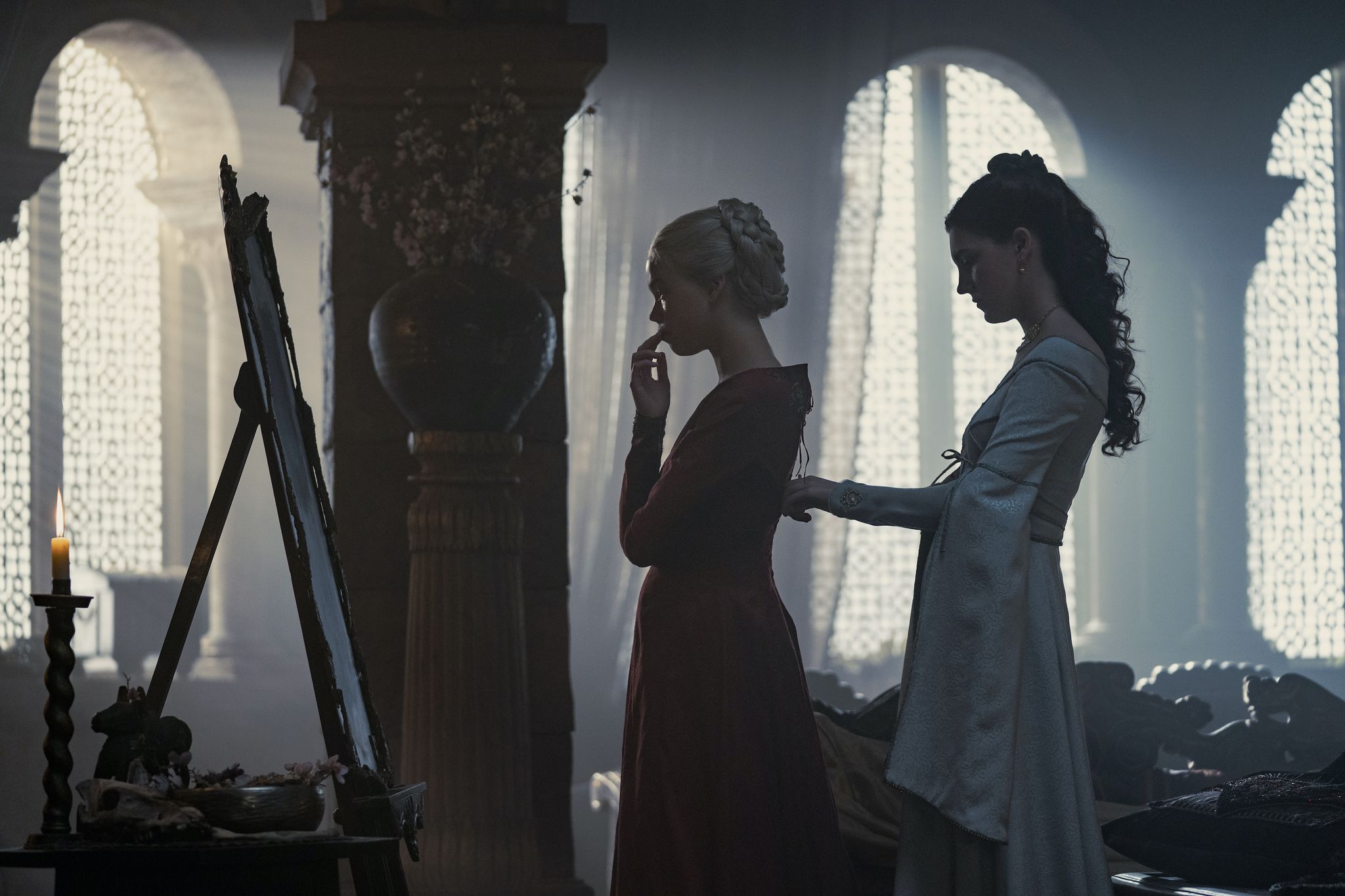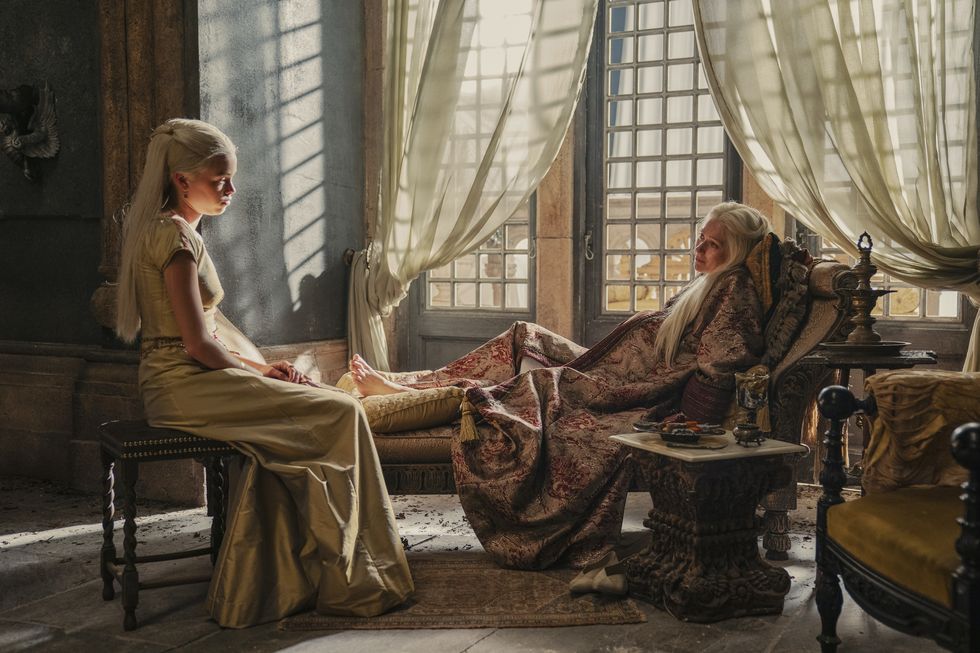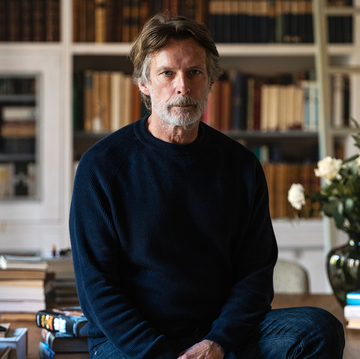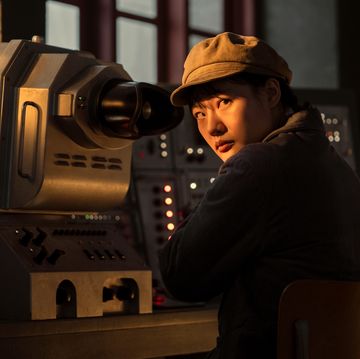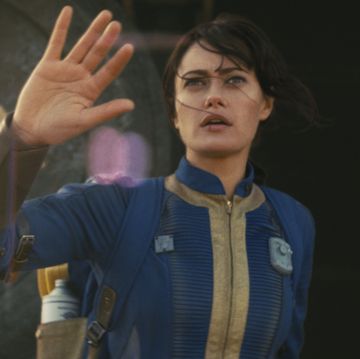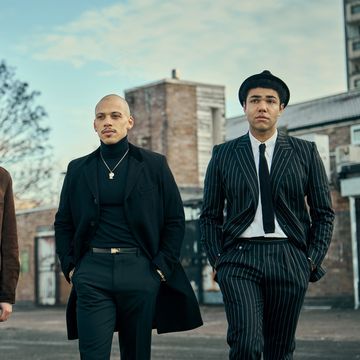It was a platinum blonde showdown in the second episode of House of the Dragon. Rhaenys (Eve Best), one-time hopeful monarch, gives Rhaenyra (Milly Alcock), her cousin once-removed and newly-announced heir to the Iron Throne, a lesson in Westerosi gender politics. In Rhaenys’ eyes, the kingdom won’t accept a female leader despite her father Viserys’ say-so. “That is the order of things,” Rhaenys explains pragmatically. “When I am queen,” a strident Rhaenyra replies, “I will create a new order”. We've been here before, right?
Despite some stellar acting, it’s difficult to embrace the scene’s intended empowerment, one that was well-publicised in the trailers of House of the Dragon’s extensive marketing campaign. It’s evocative of Game of Thrones’ characterisation of old, where characters were reduced to catchphrases. You may still mutter “you know nothing, Jon Snow” but can you remember the speaker's name? And it’s harder to shrug off the echoes (both in theme and appearance) of Rhaenyra’s distant relative Daenarys’ promise to “break the wheel”. A retread of that character arc is as appealing as a minibreak to Flea Bottom.
Thankfully, in the context of House of the Dragon, the Targaryen tête-à-tête is a red herring. Intertwined with the various goings-on at court is the real heart of show: the relationship between smart, high-born Alicent Hightower and smart, even higher-born Rhaenyra. Their friendship, which is soft, tender and often set in the palace’s lush garden, is continuously contrasted with scenes between conspiring men in very dark rooms.
Early in this episode, Alicent and Rhaenyra find respite in a candlelit vigil where they discuss their respective dead mothers (cheery) and the remarriage of the latter’s father. By the episode’s end, Rhaenyra’s dad will announce his intention to marry none other than Alicent. The hard stare between the two teenage girls at that news – imbued with hurt, betrayal, the grim understanding that both women are entirely trapped in this system – is entirely earned.
Without revealing any spoilers (though anyone with a basic awareness of foreshadowing will be able to work out the contours here), the relationship between Rhaenyra and Alicent is clearly a priority for the show. Of its four leads, Rhaenyra and Alicent are the only ones whose actors change, The Crown-style, as the show progresses. Milly Alcock plays teenage Rhaenyra, while Emma D’Arcy takes on her adult version. Emily Carey plays teenage Alicent, Olivia Cooke later takes over. That swap doesn’t feel necessary, but it nevertheless places an emphasis on these two roles. And in a notable deviation from the source material, House of the Dragon casts the women as childhood BFFs, giving their relationship a greater emotional heft.
Alicent and Rhaenyra's relationship is indicative of wider changes in Martin's universe. This recalibration is either much overdue or a sign of overly pandering times, depending on your world view. House of the Dragon’s approach to sex, female violence and nudity is clearly different to Game of Thrones – since the latter debuted in 2011, it would seem very static if it hadn’t.
With a more nuanced depiction of female characters comes a more sensitive (though equally shocking) approach to their challenges. The premiere’s headline-grabbing event, a fatal C-section, was brutal but necessary according to showrunner Miguel Sapochnik.
Perhaps anticipating backlash, Sapochnik explained in a roundtable interview that the scene was shown to "as many women as possible" to gauge if it was too violent. The unanimous response was apparently no. At some point, you do wonder if an easier alternative to such user-testing might just be to put women in charge: House of the Dragon's two showrunners are still two men.
While some characterisation may still feel like a work-in-progress, it's refreshing to see the female leads being taken seriously. Its predecessor could be broad brush; Arya was a sanitised, tomboyish warrior, Daenarys a worthy warrior (until she suddenly wasn't).
The show’s tighter focus helps. House of the Dragon confidently breaks with Game of Thrones tradition as it proceeds. Westeros, to the show's benefit, has been stripped back. When characters venture to other areas, we are saved the interminable journeys – let us assume they travel in the gaps between episodes. Most of the action takes place in King’s Landing. It’s easier to keep track of the characters. There are no killer frostbitten creatures (yet).
It's resulted in a show that’s more character than plot-driven (and besides, we all know what happens to the Targaryens in the end). There are still explosive aspects to House of the Dragon. We have dragons, wigs, potential incest. HBO is surely hoping to prompt water cooler moments – very retro in a hybrid working world – in the same way that Game of Thrones managed to time and time again, mostly by killing off main characters in new and unexpected ways.
But this is not a sustainable way to run a television series, and the showrunners know this. This is a quieter, family drama with women at its centre. Even the dragons don't overshadow them.
Henry Wong is a senior culture writer at Esquire, working across digital and print. He covers film, television, books, and art for the magazine, and also writes profiles.
